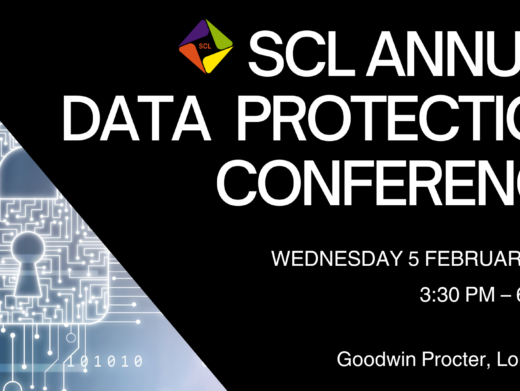The Court of Justice of the European Union has ruled in Nederlands Uitgeversverbond and Groep Algemene Uitgevers (C-263/18), that the supply to the public by downloading, for permanent use, of an e-book is covered by the concept of ‘communication to the public’ under Directive 2001/29/EU on copyright.
NUV and GAU are associations representing Dutch publishers. They sought an injunction preventing the defendant Tom Kabinet from making e-books available to members of a ‘reading club’ on its website or from reproducing those books. NUV and GAU claimed that this infringed their affiliates’ copyright in those e-books. They argued that by offering ‘second-hand’ e-books for sale in the context of that reading club, Tom Kabinet was making an unauthorised communication of those books to the public.
However, Tom Kabinet contended that such activities are covered by the distribution right which, under Directive 2001/29, is subject to a rule of exhaustion if the item concerned, e-books in this case, has been sold in the European Union by the rightholder or with their consent. That rule would mean that, as a result of the sale of the e-books at issue, NUV and GAU would no longer have the exclusive right to authorise or prohibit the distribution of those e-books to the public.
The Court found that the supply by downloading, for permanent use, of an e-book is not covered by the right of ‘distribution to the public’ provided for by Article 4(1) of Directive 2001/29. However, it is covered by the right of ‘communication to the public’ provided for in Article 3(1), in which case exhaustion is excluded under paragraph 3 of that article.
To support its finding, the Court considered the World Intellectual Property Organisation (WIPO) Copyright Treaty underlying Directive 2001/29 and the travaux préparatoires for the directive. It held that the EU legislature had intended that rule of exhaustion to be reserved for the distribution of tangible objects, such as books on a material medium. By contrast, the application of that rule of exhaustion to e-books would be likely to affect the interests of rightholders in obtaining appropriate reward much more than books on a material medium, as digital copies of e-books do not deteriorate with use and so are perfect substitutes for new copies on any second-hand market.
In relation to the concept of ‘communication to the public’, the Court indicated that this should be understood in a broad sense covering all communication to the public not present at the place where the communication originates and, as a result, any such transmission or retransmission of a work to the public by wire or wireless means. That concept involves two cumulative criteria, namely an act of communication of a work and the communication of that work to a public.
For the act of communication of a work, it is apparent from the explanatory memorandum in the proposal for Directive 2001/29 that ‘the critical act is the “making available of the work to the public”. Therefore, offering [of] a work on a publicly accessible site, which precedes the stage of its actual “on-demand transmission”’, and that ‘it is not relevant whether any person actually has retrieved it or not’. As a result the Court says that the making available of the works concerned to anyone who is registered with the reading club’s website must be considered a ‘communication’ of a work, irrespective of whether the person concerned avails himself or herself of that opportunity by actually retrieving the e-book from that website.
For communicating that work to the public, account should be taken not only of the number of persons able to access the same work at the same time, but also of how many of them may access it in succession. In this case, the number of people who could have access at the same time or in succession, to the same work via the reading club’s platform was substantial. Consequently, subject to verification by the referring court taking into account all the relevant information, the work in question must be regarded as being communicated to a public.
The Court also held that to be categorised as a communication to the public, a protected work must be communicated using specific technical means, different from those previously used or, failing that, to a new public. In other words, to a public that was not already taken into account by the copyright holders when they authorised the initial communication of their work to the public. In this case, as the making available of an e-book is generally accompanied by a user licence authorising the user to read that e-book from his or her own equipment, it must be held that a communication such as that effected by Tom Kabinet is made to a public that was not already taken into account by the copyright holders and, therefore, to a new public.




